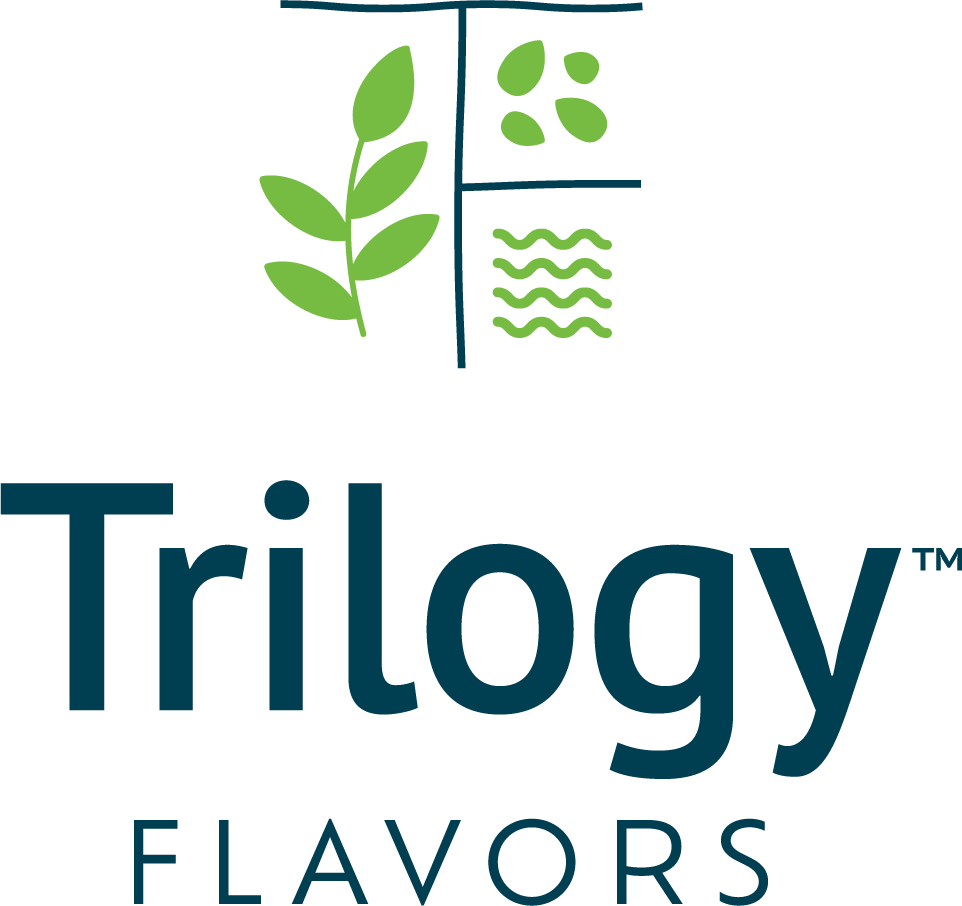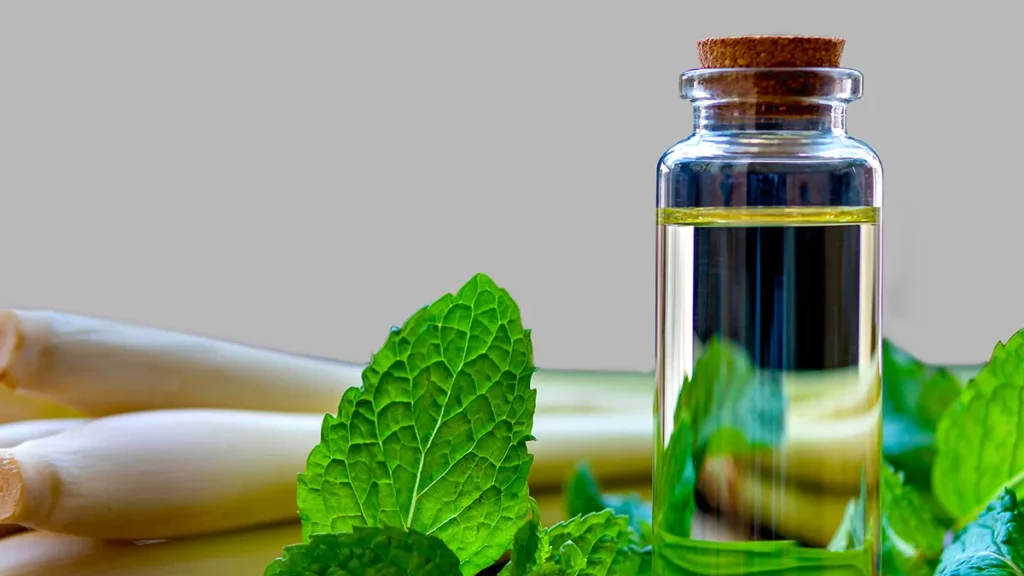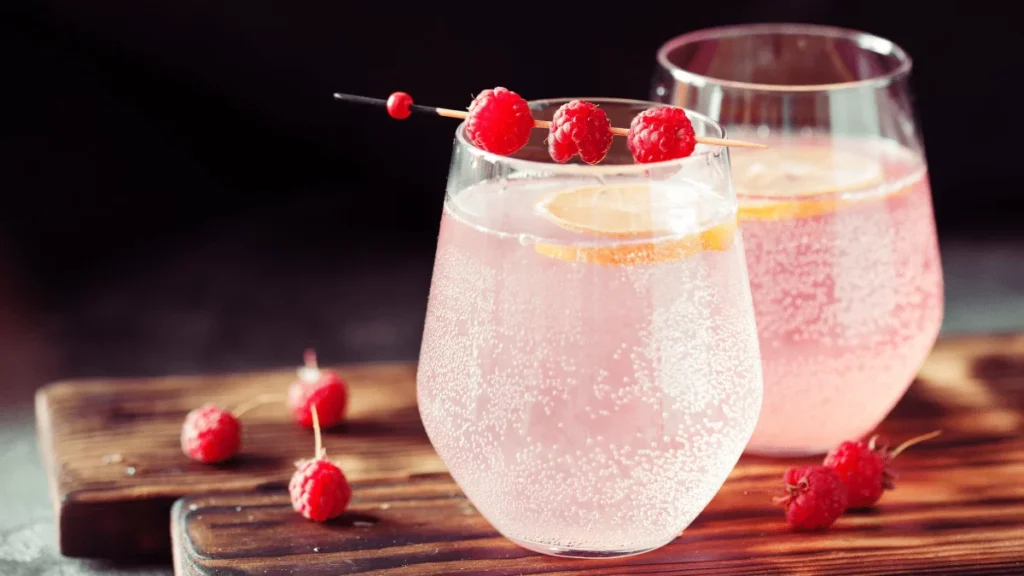When we experience a new food or beverage, our senses are immediately engaged, and our first impressions are often shaped by what we see and taste.
The vibrant color of a drink or the rich hue of a dessert can set expectations before the first sip or bite. But it’s not just about aesthetics; the interplay of flavors and colors plays a pivotal role in how we perceive and enjoy what we consume.
In the competitive world of food and beverage manufacturing, understanding this dynamic relationship is crucial. Flavors and colors are more than just components—they are key drivers of consumer behavior, influencing everything from initial attraction to long-term preference. As manufacturers strive to meet the ever-evolving demands of consumers, the art and science of balancing these elements have become essential.
This article delves into the psychology and science behind flavor and color perception, exploring how these sensory elements work together to create compelling products that resonate with consumers.
By examining the challenges and future trends in this space, we’ll uncover how manufacturers can leverage the synergy between flavors and colors to enhance their offerings and stay ahead in the market.
The Psychology Behind Flavor and Color Perception
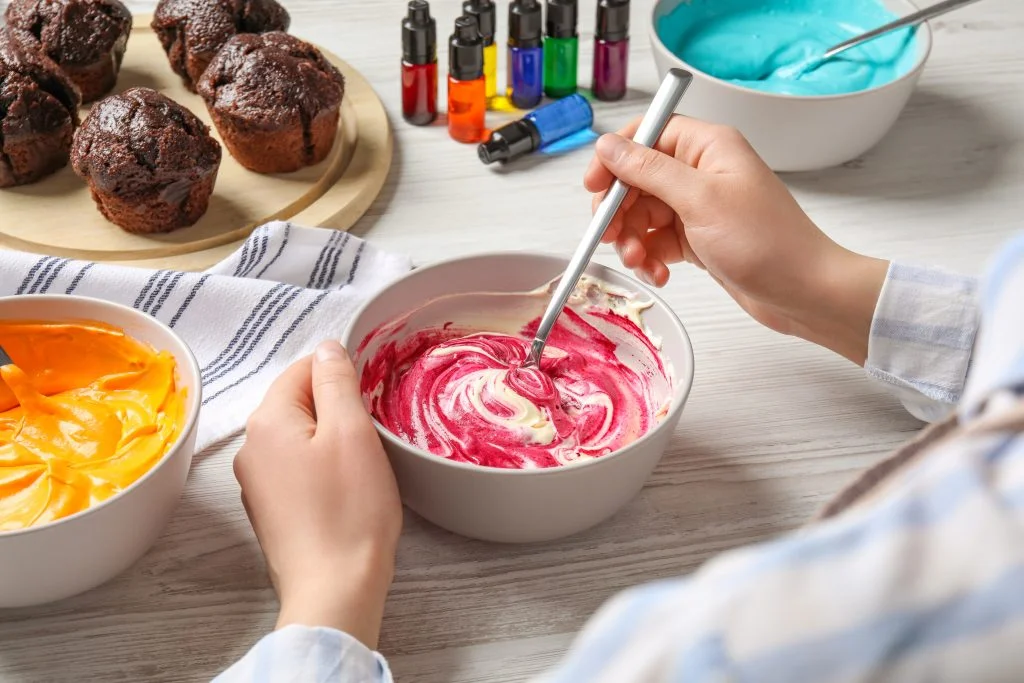
Our experience with food and beverages is deeply rooted in psychology, where flavors and colors play essential roles in shaping our perceptions and responses.
The moment we encounter a dish or drink, our senses engage in a complex interaction that sets the stage for our overall experience. Understanding this psychological interplay is key to creating products that resonate with consumers on multiple levels.
Flavor Perception
Flavor is not just about taste; it’s a multisensory experience that involves the integration of taste, smell, and texture. The five basic tastes—sweet, salty, sour, bitter, and umami—form the foundation of flavor, but it’s the olfactory system that adds depth and nuance.
Aromas, released as we chew and swallow, create a complex flavor profile that can evoke memories, emotions, and specific responses. For example, the scent of vanilla might bring back nostalgic feelings of childhood, while a hint of citrus can refresh and energize.
Moreover, texture contributes to the perceived flavor. The creaminess of a dessert or the crispness of a chip can enhance the way we experience the taste. Thus, flavor perception is a holistic process, where multiple senses collaborate to create a complete and satisfying experience.
Color Perception
Color is often the first sensory cue we receive from food and beverages, and it significantly influences our expectations and perceptions.
Bright, vivid colors can make a product appear fresher, more flavorful, or more indulgent, while dull or muted tones might suggest blandness or a lack of quality. For instance, a deep red color in a fruit drink can imply sweetness and richness, while a pale yellow might be associated with a milder, more refreshing taste.
The psychological impact of color goes beyond mere preference—it can alter our actual perception of flavor. Studies have indicated that people frequently report tasting flavors more intensely when the color is more vibrant. A strawberry-flavored product, for example, might be perceived as sweeter if it’s a deep red compared to a light pink, even if the flavor formulation is identical.
Interplay Between the Senses
The synergy between flavors and colors is where the magic truly happens. When these two elements are aligned, they create a cohesive sensory experience that enhances enjoyment and satisfaction.
The color sets the expectation, and the flavor fulfills it, creating a feedback loop that reinforces positive perceptions. However, if the color and flavor are mismatched—such as a banana-flavored product colored orange—the result can be jarring, leading to consumer disappointment or rejection.
Understanding this interplay is crucial for food and beverage manufacturers. By carefully considering how flavors and colors work together, they can craft products that not only meet but exceed consumer expectations, leading to higher satisfaction and brand loyalty.
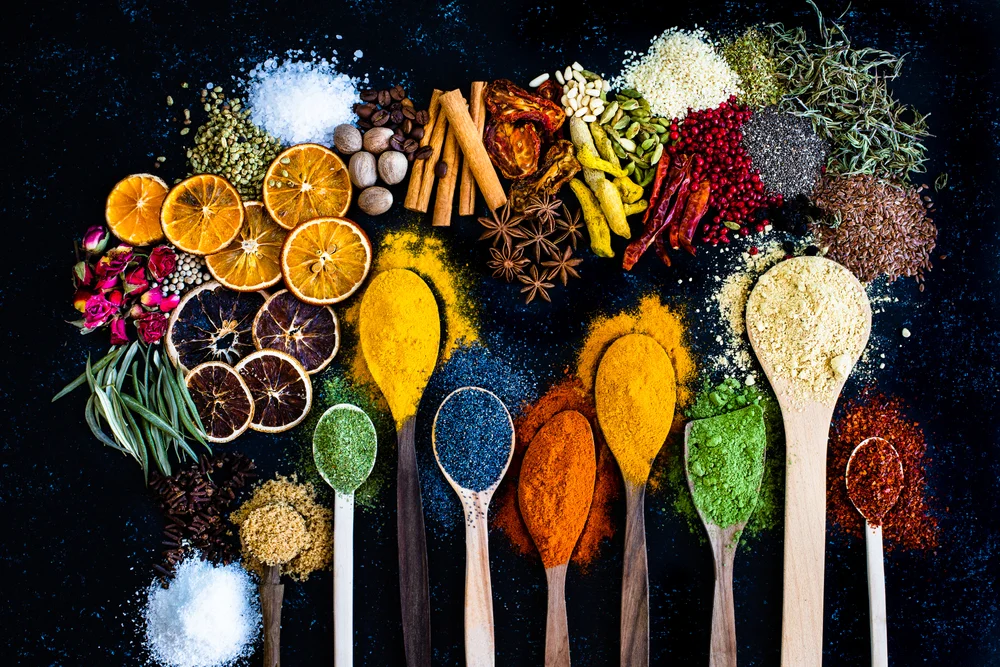
The Science of Flavor and Color in Food & Beverage Manufacturing
Behind the scenes of every successful food and beverage product lies a complex blend of science and creativity.
Crafting flavors and selecting colors that appeal to consumers is not just an art—it’s a precise science that involves understanding the chemical and sensory properties of ingredients, as well as the latest technological advancements.
This section explores how flavors and colors are meticulously developed and applied in food and beverage manufacturing to create products that captivate the senses.
Flavor Formulation
Flavor formulation is the intricate process of designing taste profiles that align with consumer preferences and product goals. This involves more than just combining sweet, salty, or savory elements; it requires an in-depth understanding of how different compounds interact to produce specific flavors.
Natural flavor formulations often rely on extracts, essential oils, and other natural ingredients to achieve a desired taste, while enhancers are used to amplify or modify these flavors, creating a more intense or balanced experience.
The science of flavor formulation also considers how flavors behave under different conditions. For instance, heat can alter the intensity and character of certain flavors, making it essential to test and refine formulations for products that will be baked, fried, or pasteurized.
Additionally, the interaction of flavors with other ingredients, such as fats or acids, can significantly impact the final taste. By carefully controlling these variables, manufacturers can ensure consistency and quality in every batch.

Color Application
Color plays a crucial role in food and beverage manufacturing, not only for its visual appeal, but also for its ability to influence taste perception.
The application of color in products involves a strategic selection of natural or synthetic colorants that enhance the visual appeal and align with the flavor profile. Natural colorants, derived from sources like fruits, vegetables, and spices, are increasingly favored for their clean-label appeal. However, they can present challenges, such as variability in shade or stability under different conditions.
The science behind color application also involves understanding how color interacts with other ingredients and processing methods. For example, the pH level of a product can affect the hue of certain natural colors, while exposure to light or heat might cause fading.
Advanced techniques, such as microencapsulation, are sometimes used to protect colorants and ensure they remain vibrant throughout the product’s shelf life. Manufacturers must also consider the regulatory landscape, as the use of certain colorants is subject to strict guidelines and approvals.
Consumer Testing
To ensure that the balance between flavors and colors meets consumer expectations, extensive testing is conducted throughout the product development process.
This often involves sensory panels, where trained testers evaluate the taste, smell, texture, and appearance of a product to identify any areas for improvement. These panels provide valuable insights into how well the flavors and colors align and whether they create the desired sensory experience.
In addition to sensory panels, consumer testing through focus groups or online surveys helps manufacturers understand how their products are perceived in real-world settings. This feedback is crucial for refining formulations and color applications to better meet the needs and preferences of target audiences.
By combining scientific expertise with consumer insights, manufacturers can create products that are not only visually appealing and delicious but also resonate with consumers on a deeper, more emotional level.
In the competitive landscape of food and beverage manufacturing, mastering the science of flavors and colors is essential for creating products that stand out on the shelf and win over consumers. As technology advances and consumer preferences evolve, the ability to innovate in these areas will be key to staying ahead in the market.
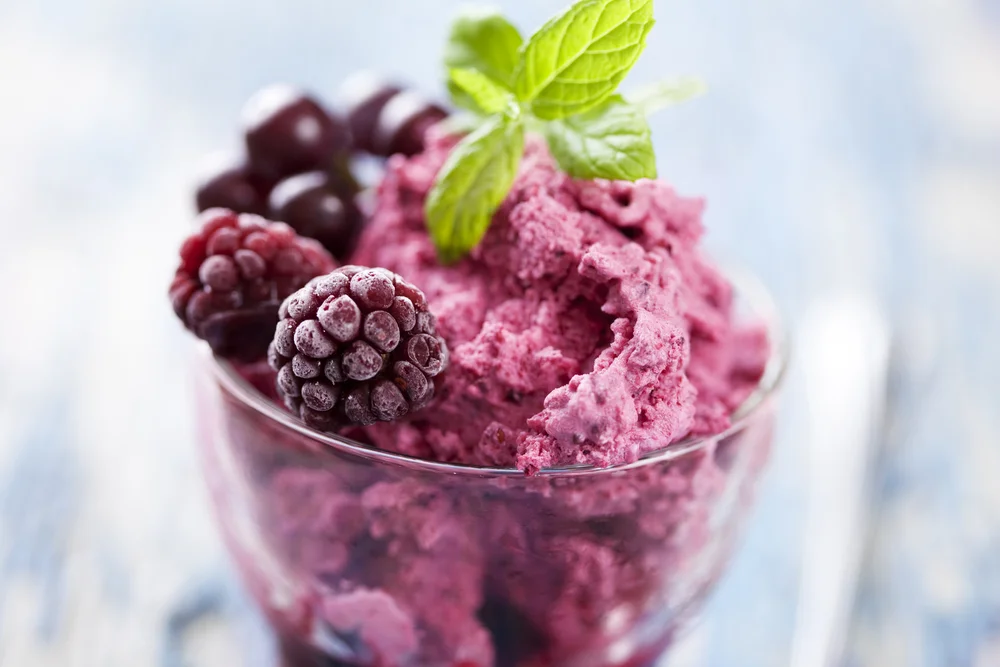
Impact on Consumer Behavior and Preferences
It is no easy task to capture the attention and loyalty of consumers in the highly competitive food and beverage market.
The interplay of flavors and colors not only influences initial impressions but also drives consumer behavior and long-term preferences. Understanding how these sensory elements affect decision-making is crucial for manufacturers aiming to create products that stand out and resonate with their target audience.
First Impressions
The adage “we eat with our eyes first” underscores the importance of visual appeal in food and beverage products. Color is often the first attribute that consumers notice, setting the stage for their expectations.
A vibrant, appealing color can instantly attract attention, making a product stand out on crowded store shelves. For example, the bright orange of a fresh juice suggests a burst of citrus flavor, while the rich brown of a chocolate bar hints at deep, indulgent taste.
First impressions are powerful; they shape consumer expectations and can even influence how a product is perceived once tasted. If the color aligns with the expected flavor, it reinforces a positive experience.
Conversely, a mismatch between color and flavor can lead to disappointment, even if the flavor itself is well-crafted. This initial visual cue is frequently a determining factor in whether a consumer chooses to purchase or try a product.
Flavor-Color Harmony
The harmony between flavors and colors is essential for creating a satisfying and cohesive sensory experience. When these elements are well-matched, they create a seamless interaction that enhances the overall enjoyment of the product.
For instance, a deep red color in a berry-flavored drink suggests richness and sweetness, which, when paired with a corresponding flavor, can deliver a fulfilling experience that meets consumer expectations.
Conversely, if there is a disconnect between flavor and color, it can create cognitive dissonance, where the consumer’s expectations based on color do not align with the actual taste. This can lead to a negative experience, reducing the likelihood of repeat purchases.
For example, a blue-colored beverage that tastes like orange may confuse or even deter consumers. Ensuring flavor-color harmony is, therefore, critical for product success.

Case Studies
Real-world examples demonstrate the impact of flavors and colors on consumer behavior
One notable case is the introduction of naturally colored products in the snack industry. As consumer demand for clean-label products grew, several brands switched from artificial to natural colorants. Despite concerns about potential changes in flavor perception, the move was successful because the natural colors were carefully matched with the expected flavors, maintaining the desired sensory experience.
Another example can be found in the beverage industry, where products like energy drinks often use bright, intense colors to signal their bold, stimulating flavors. The visual cue of a neon green or electric blue can create an expectation of high energy and strong taste, which, when delivered, strengthens brand loyalty and encourages repeat purchases.
These case studies highlight the importance of strategic flavor and color decisions in driving consumer behavior. Products that successfully align these elements can create a strong, positive impression that resonates with consumers, leading to increased sales and brand loyalty.
In conclusion, the impact of flavors and colors on consumer behavior is profound. From first impressions to the harmony between taste and appearance, these elements play a pivotal role in shaping how consumers perceive and enjoy food and beverage products. By understanding and leveraging this dynamic, manufacturers can create products that not only attract but also delight consumers, fostering long-term brand loyalty and success in the marketplace.
Challenges in Balancing Flavors and Colors
Creating a harmonious blend of flavors and colors in food and beverages is no small feat. While the synergy between these sensory elements can elevate a product’s appeal, achieving the perfect balance presents a series of challenges.
From navigating cultural differences to adhering to regulatory standards, manufacturers must address various factors to ensure that their products meet consumer expectations while maintaining quality and compliance.
Cultural Preferences
One of the significant challenges in balancing flavors and colors is accounting for cultural differences in taste and visual appeal. What is considered delicious and visually appealing in one region may not resonate with consumers in another.
For example, the bright, bold colors favored in Western markets might be considered too artificial or unappetizing in certain Asian cultures, where more subtle and natural tones are preferred.
Flavor preferences also vary widely across cultures. A spicy flavor profile that appeals to consumers in Mexico may be too intense for those in Northern Europe. Similarly, flavors that are traditionally associated with certain colors in one culture might not align in another, leading to potential mismatches in expectations.
Manufacturers must conduct extensive market research to understand these cultural nuances and tailor their flavor and color combinations accordingly.
Natural vs. Artificial Ingredients

With the growing consumer demand for clean-label and natural products, the use of natural ingredients in flavor and color formulation has become more prevalent. However, this shift brings its set of challenges.
Natural colorants, while appealing from a health and sustainability perspective, often lack the vibrancy and consistency of synthetic alternatives. For example, natural red colors derived from beets or strawberries can fade over time or under certain processing conditions, leading to a less appealing final product.
Similarly, natural flavors may have limitations in terms of intensity and stability, making it difficult to achieve the same punchy taste that artificial flavors can provide.
Balancing the desire for natural ingredients with the need for consistent and appealing products requires innovation and the expertise of skillful scientists. Flavorists and manufacturers must typically experiment with different combinations and processing techniques to find a solution that meets both consumer expectations and product requirements.
Additional Reading: A Flavor Chemist’s Perspective — Plant-Based Challenges and Opportunities
Regulatory Considerations
Navigating the complex landscape of food and beverage regulations adds another layer of difficulty to balancing flavors and colors. Different countries have varying regulations regarding the use of colorants and flavorings, with some natural or synthetic ingredients being approved in one region but restricted or banned in another.
For instance, certain synthetic dyes that are widely used in the United States may not be allowed in the European Union, requiring manufacturers to adjust their formulations for different markets.
Compliance with these regulations is critical not only for legal reasons, but also for consumer trust. Products that do not meet regulatory standards can lead to recalls, legal issues, and damage to brand reputation.
Manufacturers must stay informed about the latest regulations and ensure that their formulations comply with all applicable standards. This often involves working closely with regulatory experts and conducting rigorous testing to ensure that products are safe, compliant, and appealing.
Balancing flavors and colors in food and beverages is a complex process that requires careful consideration of cultural preferences, ingredient limitations, and regulatory requirements.
While the challenges are significant, they also present opportunities for innovation. By understanding and addressing these challenges, manufacturers can create products that not only meet the diverse needs of global consumers but also stand out in a crowded market.
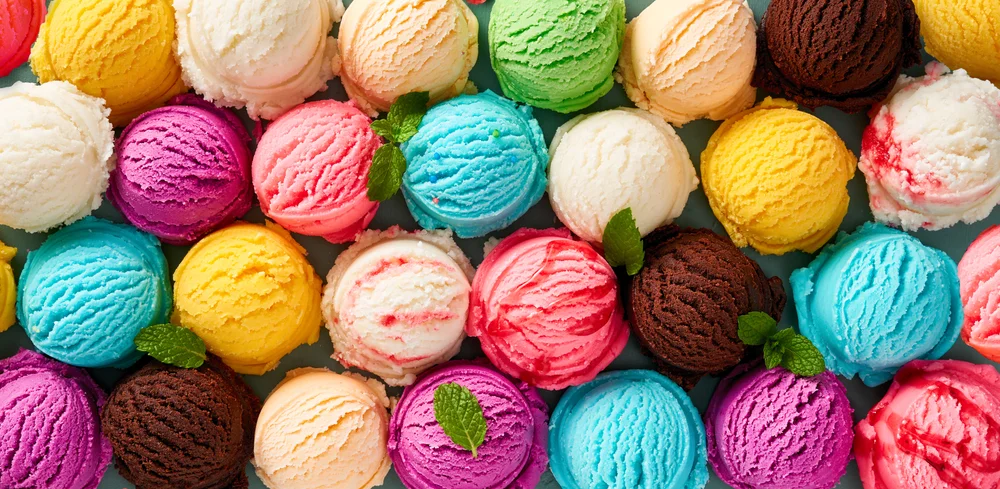
Future Trends in Flavor and Color Innovation
As consumer preferences continue to evolve, the food and beverage industry is constantly innovating to meet new demands and stay ahead of the competition. The future of flavors and colors in product development is shaped by emerging trends that reflect shifts in consumer values, technological advancements, and a growing emphasis on sustainability.
This section explores the key trends that are likely to influence flavor and color innovation in the coming years.
Clean Label and Natural Ingredients
The clean label movement is more than just a passing trend—it represents a fundamental shift in consumer expectations.
Shoppers are increasingly seeking products with transparent ingredient lists, free from artificial additives, and made with natural, recognizable components. This demand is driving innovation in both flavor and color formulation, as manufacturers seek to develop products that deliver on taste and visual appeal while adhering to clean label standards.
In response, the industry is exploring new sources of natural flavors and colorants, such as botanicals, algae, and even food waste by-products. These ingredients offer not only a cleaner label, but also unique flavors and hues that can set products apart.
For example, spirulina, a type of blue-green algae, is being used as a natural blue or green colorant, while citrus peels and other fruit by-products are being repurposed to create vibrant, natural flavors. The challenge moving forward will be to scale these innovations while maintaining consistency and stability.
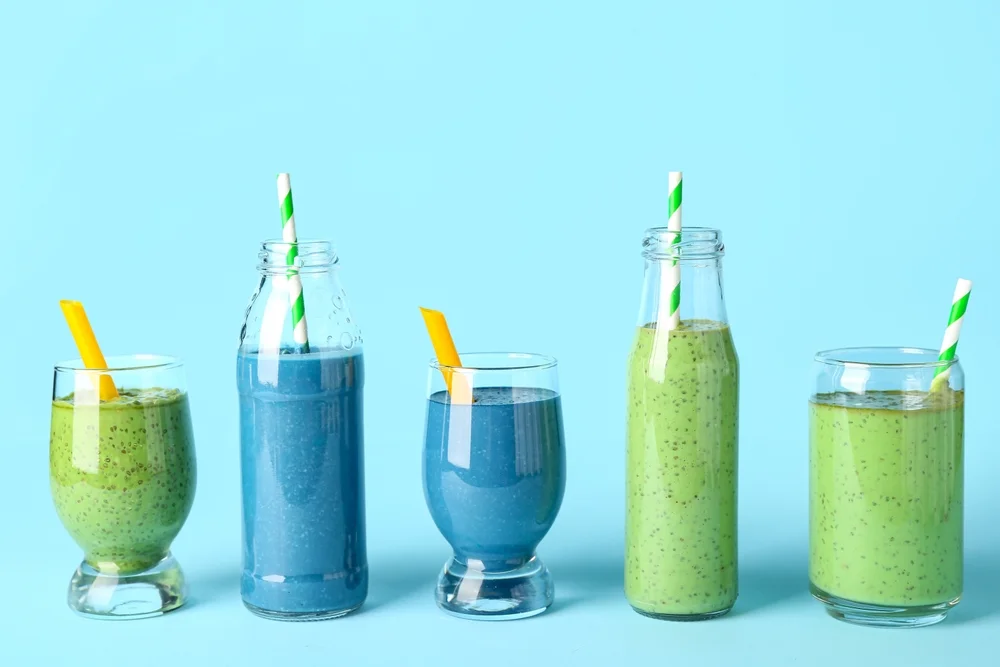
Personalization and Customization
As consumers seek more personalized experiences in all aspects of life, the food and beverage industry is responding with customizable products that allow individuals to tailor flavors and colors to their preferences. Advances in digital technology and AI are enabling manufacturers to offer personalized flavor profiles based on individual taste preferences, dietary needs, or even genetic makeup.
Customization also extends to color, with the potential for consumers to choose the shade that best fits their aesthetic or mood. This trend is particularly relevant in the beverage industry, where mix-and-match flavor and color combinations are becoming increasingly popular. As personalization becomes more accessible, it’s likely to become a key driver of consumer engagement and brand loyalty.
Functional Flavors and Colors
The rise of health-conscious consumers has spurred interest in functional foods and beverages—products that offer specific health benefits beyond basic nutrition. This trend is extending to flavors and colors, with an emphasis on ingredients that taste good and look appealing, while also providing added wellness benefits.
For example, flavors infused with adaptogens, antioxidants, or probiotics are gaining popularity for their potential to support mental clarity, immune function, or digestive health.
Similarly, natural colorants like turmeric, which has anti-inflammatory properties, are being used to enhance both the visual appeal and the health benefits of products.
Trilogy Flavor’s proprietary Flavorshield® natural antioxidants help products look better, taste better, and last longer—safely and naturally.
Moreover, natural antioxidants like those based on the rosemary leaf’s high levels of carnosic acid, carnosol, and rosmarinic acid —phenolic compounds that are used for their powerful antioxidant, antibacterial, and anti-mutagenic properties.
As consumers continue to prioritize health and wellness, the demand for functional flavors and colors is expected to grow.
Sustainability and Ethical Sourcing
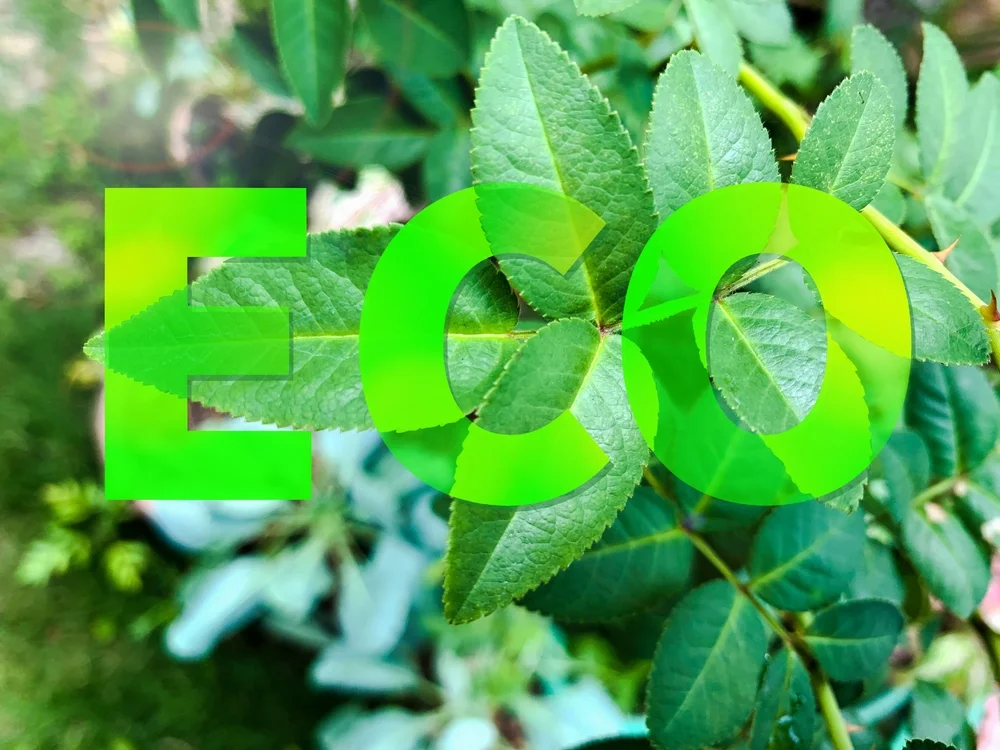
Sustainability is becoming a central concern for both consumers and manufacturers, influencing every aspect of product development, including flavor and color innovation. Consumers are increasingly aware of the environmental impact of their food choices, and they expect brands to take responsibility by sourcing ingredients ethically and sustainably.
This trend is driving the development of flavors and colors derived from sustainable sources, such as upcycled food waste, regenerative agriculture, and responsibly harvested plants.
In addition, there is a growing interest in plant-based and vegan alternatives, which require new approaches to formulating flavors and colors to replicate the sensory experience of traditional animal-based products. As sustainability continues to shape consumer behavior, it will undoubtedly drive innovation in how flavors and colors are developed and applied.
Technological Advancements
When it comes to the future of flavors and colors, innovation is also being shaped by cutting-edge technologies that allow for greater precision, efficiency, and creativity in product development. Advances in biotechnology, for example, are enabling the creation of new flavor molecules and color compounds that are more sustainable, stable, and customizable than ever before.
3D printing and other manufacturing technologies are opening up new possibilities for layering flavors and colors in novel ways, creating multisensory experiences that go beyond traditional products. These technologies also offer opportunities for more efficient and less wasteful production processes, aligning with the broader trend toward sustainability.
As the food and beverage industry continues to evolve, the future of innovation of flavors and colors will be defined by a commitment to meeting consumer demands for clean, personalized, functional, and sustainable products.
By embracing these trends and leveraging the latest technologies, manufacturers can create next-generation products that not only delight the senses, but also align with the values of today’s increasingly discerning consumers.
Conclusion
The dynamic interplay of flavors and colors in food and beverages is a powerful force that shapes consumer perceptions, preferences, and behaviors
As we’ve explored, the science and psychology behind these sensory elements are complex, yet mastering them is essential for creating products that resonate with today’s consumers. From first impressions to long-term loyalty, the balance of flavors and colors plays a crucial role in a product’s success.
However, achieving this balance comes with challenges, whether it’s navigating cultural preferences, adhering to regulatory standards, or innovating with natural ingredients. The future of flavor and color innovation lies in embracing trends such as clean labeling, personalization, functional benefits, sustainability, and advanced technologies.
By staying attuned to these developments, expert flavor companies like Trilogy Flavors can help manufacturers continue to delight consumers with products that not only taste and look great, but also align with their values and expectations
Brands that prioritize these elements and invest in innovative approaches will be better positioned to capture the hearts and palates of consumers, ensuring their place in an increasingly competitive market.
Flavor creation is at the heart of everything we do at Trilogy—whether we’re developing something for a new global market or formulating a custom flavor for a customer. With our blend of creativity and science, we deliver tomorrow’s flavors, today.
